An Alternative to Supercapacitor: LTO Batteries
Author: Nichicon
1/1/2024
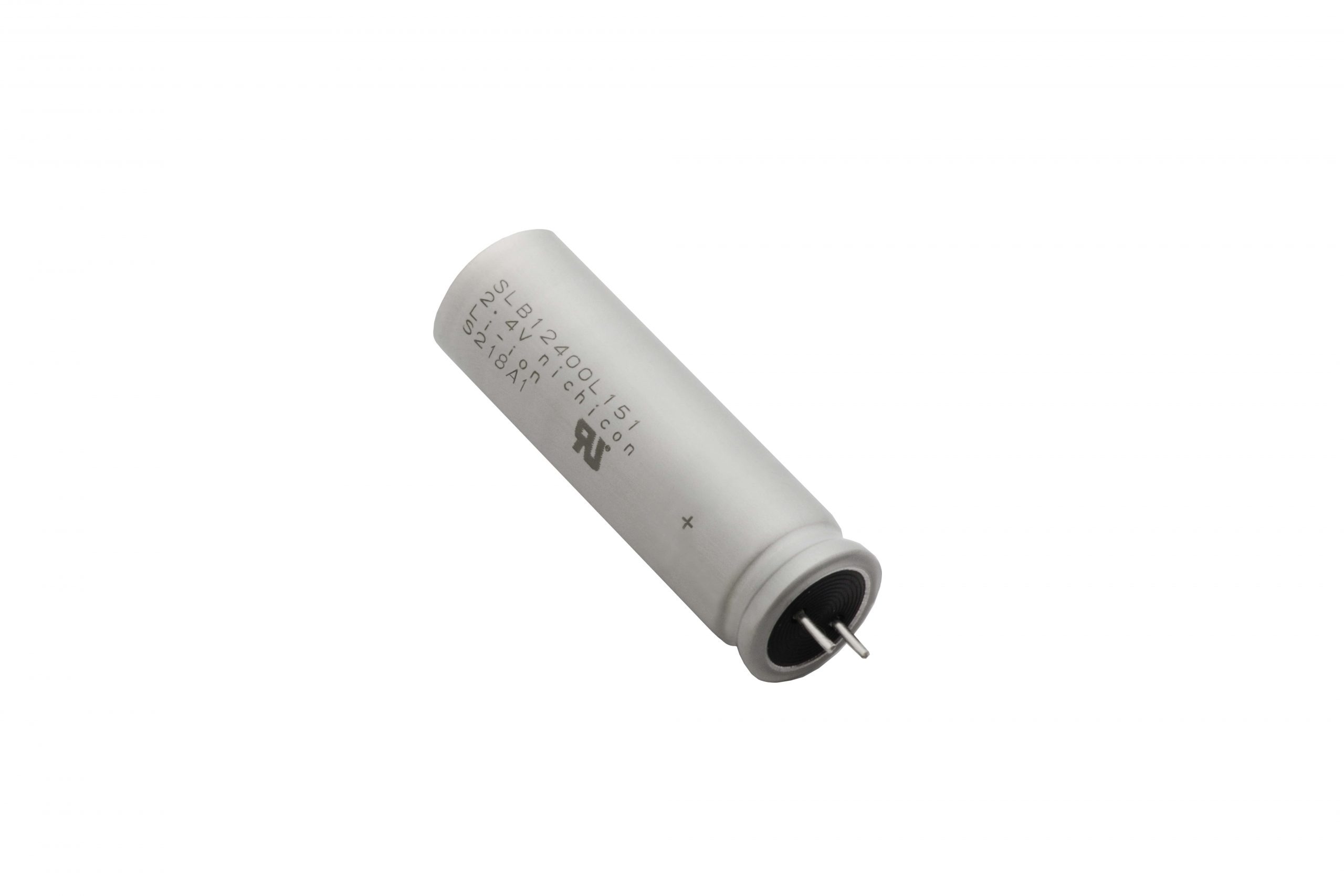
Supercapacitors have become an alternative to traditional batteries in applications in which energy must be delivered in a fast amount of time. Batteries typically deliver a higher energy than supercapacitors over a longer period of time, but a supercapacitor can deliver energy around ten times faster. While supercapacitors can be used as an alternative to regular batteries, they can also be paired with batteries to overcome the batteries’ shortcomings. However, lithium titanate-oxide (LTO) batteries offer the best of both worlds which makes them a great alternative to using supercapacitors and regular batteries.
Nichicon produces LTO batteries that incorporate the most advantageous features of supercapacitors and regular batteries. Our LTO batteries have rapid charge/ discharge cycles like supercapacitors with similar energy densities of regular batteries. LTO batteries have a cycle life similar to supercapacitors.
What is a Supercapacitor?
A supercapacitor is a type of capacitor that utilizes the double layer phenomenon to operate. While batteries operate with a process in which oppositely polarized ions accumulate at electrode surfaces, supercapacitors operate with chemical reactions between electrodes and electrolytes that enable current flow and create an electric double layer that electrostatically stores charges. By comparison, LTO batteries operate with a process in which lithium ions become stacked within the anode material and an electrochemical reaction causes disassociated lithium ions to pass through the solid electrolyte interphase (SEI) coating.
The following are the main characteristics of supercapacitors compared to LTO batteries:
Life Cycle
Unlike normal batteries, supercapacitors have the ability to charge and discharge thousands of times because they store energy electrostatically. This allows for virtually unlimited charge/ discharge cycles. LTO batteries also have a long lifespan of charge/ discharge cycles but unlike standard lithium-ion batteries, LTO batteries have a lower internal resistance which reduces electrolyte decomposition for better lifecycle performance. LTO batteries can be charged and discharged over a longer period of time than supercapacitors.
Operating Temperatures
Both supercapacitors and LTO batteries can operate in a wider temperature range than other types of batteries. Supercapacitors can operate in a temperature range of -40 °C to +85 °C (with voltage derating) while LTO batteries can operate in a temperature range of -30 °C to +60 °C with full rated voltage.
Energy Density
Supercapacitors have much lower energy density because they store energy electrostatically compared to batteries that store energy as chemical energy. Our LTO batteries have a higher capacity than supercapacitors and contain nearly 50 times as much energy as supercapacitors (EDLCs) of a similar size.
Power Density and Charge/ Discharge Time
Power density is directly related to charge/ discharge time. Supercapacitors offer higher power density due to their fast charge/ discharge times compared to regular batteries. Our LTO batteries have similar charge/ discharge times, which allows them to have power densities similar to supercapacitors.
Sustainability
Regular batteries contain harmful materials like cobalt and nickel which raises environmental concerns. Used batteries may leak these chemicals which can harm the natural environment by contaminating soil and water.
LTO batteries are also more sustainable than Li-Ion batteries as they are RoHS compliant and meet other environmental standards.
Can LTO Batteries Replace Supercapacitor?
While supercapacitors are used in many applications as an alternative to batteries, LTO batteries are an excellent alternative to supercapacitors. The LTO batteries produced by Nichicon combine the best characteristics of Li-Ion batteries and supercapacitors. Our LTO batteries have rapid charge/ discharge characteristics and a long service life similar to supercapacitors but with the higher energy density and constant voltage output of Li-Ion batteries.
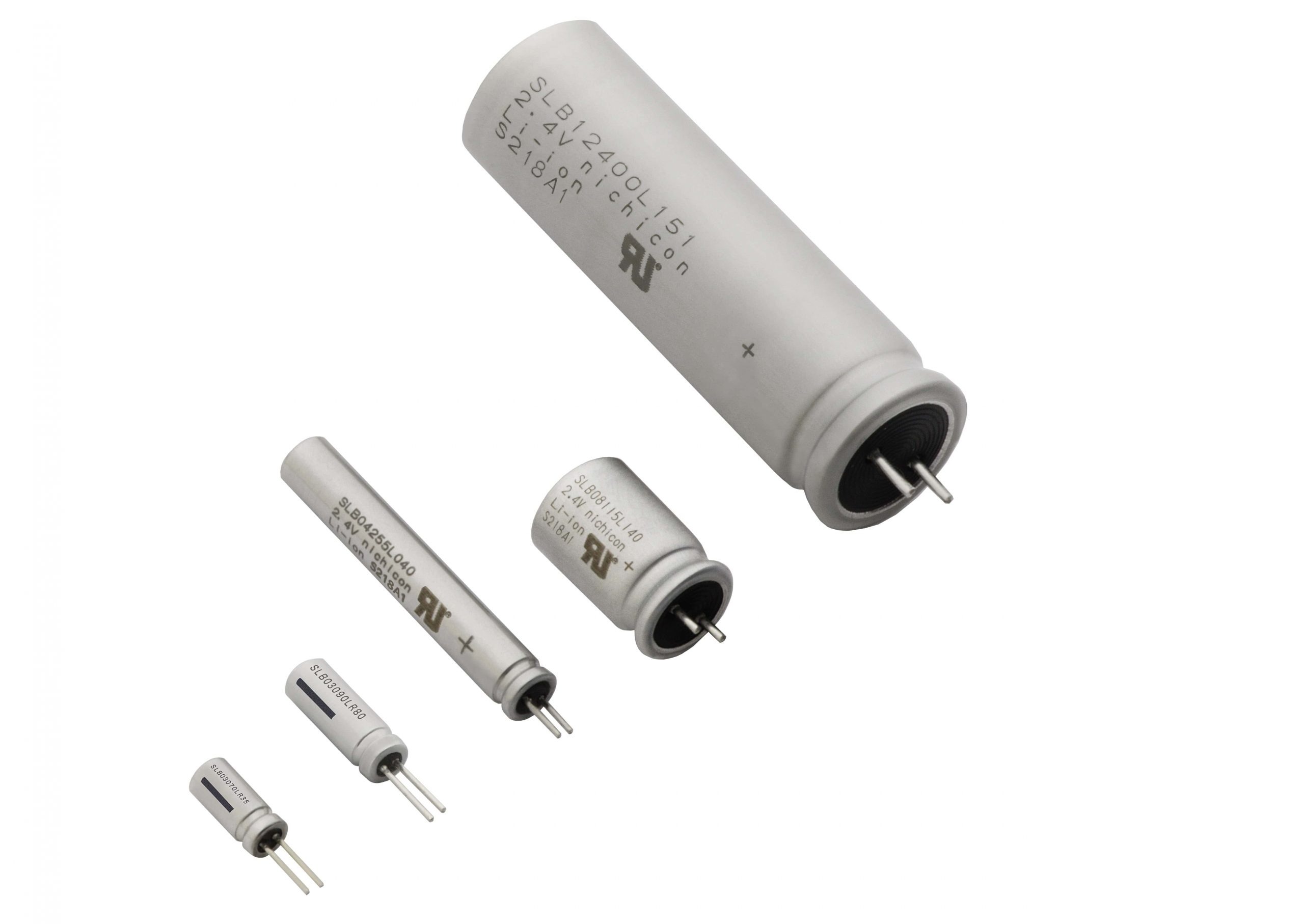
In applications in which batteries and supercapacitors are paired together, one LTO battery can be used in their place.
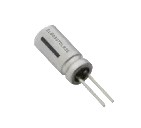 SLB03070LR35* 0.35mAh φ3×7L |
 SLB03090LR80* 0.8mAh φ3.3×9L |
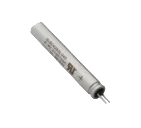 SLB04255L040* 4mAh φ4×25.5L |
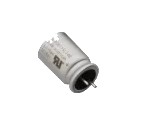 SLB08115L140* 14mAh φ8×11.5L |
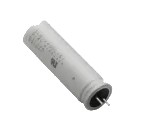 SLB12400L151* 150mAh φ12.5×40L |